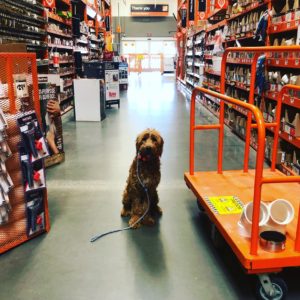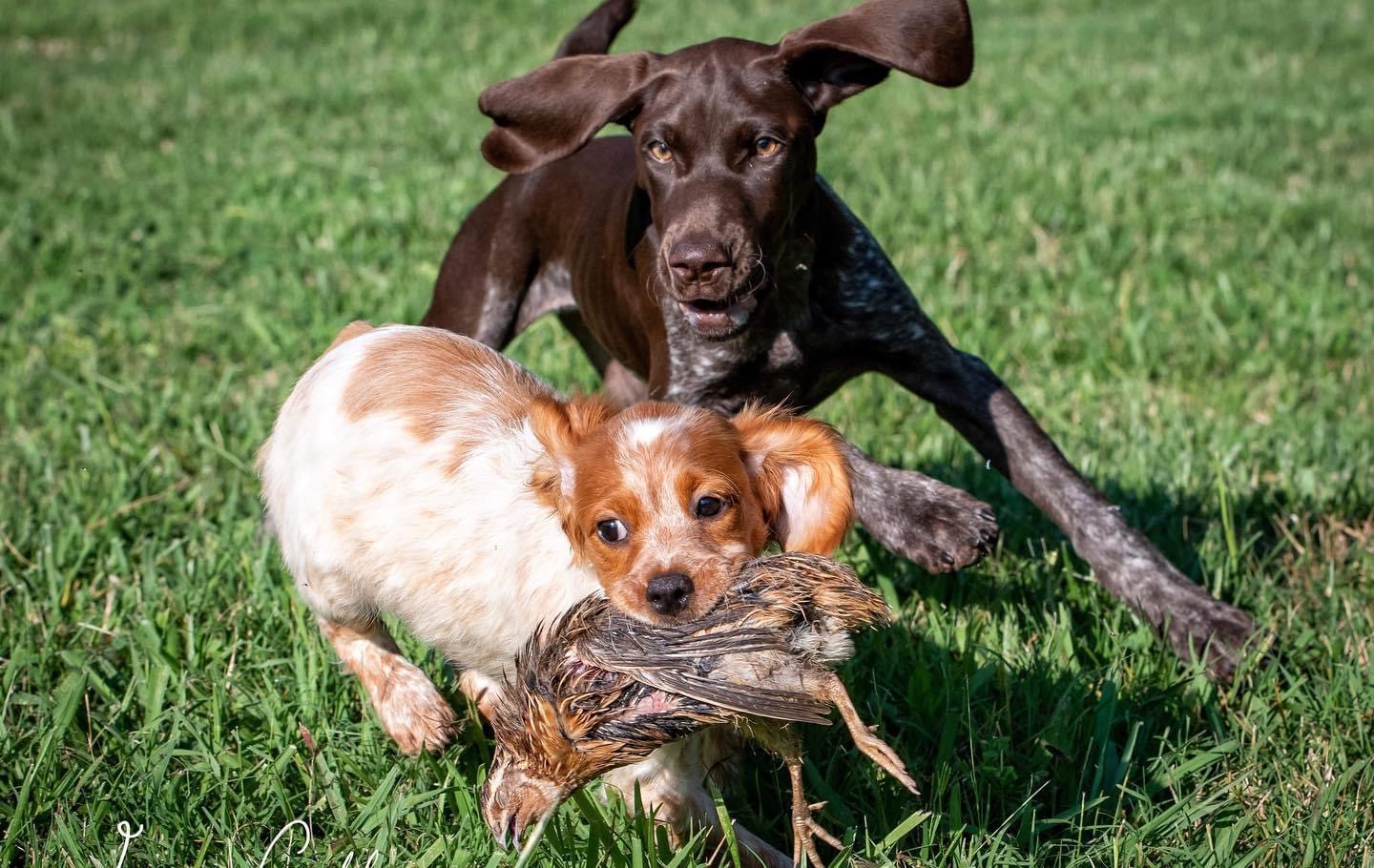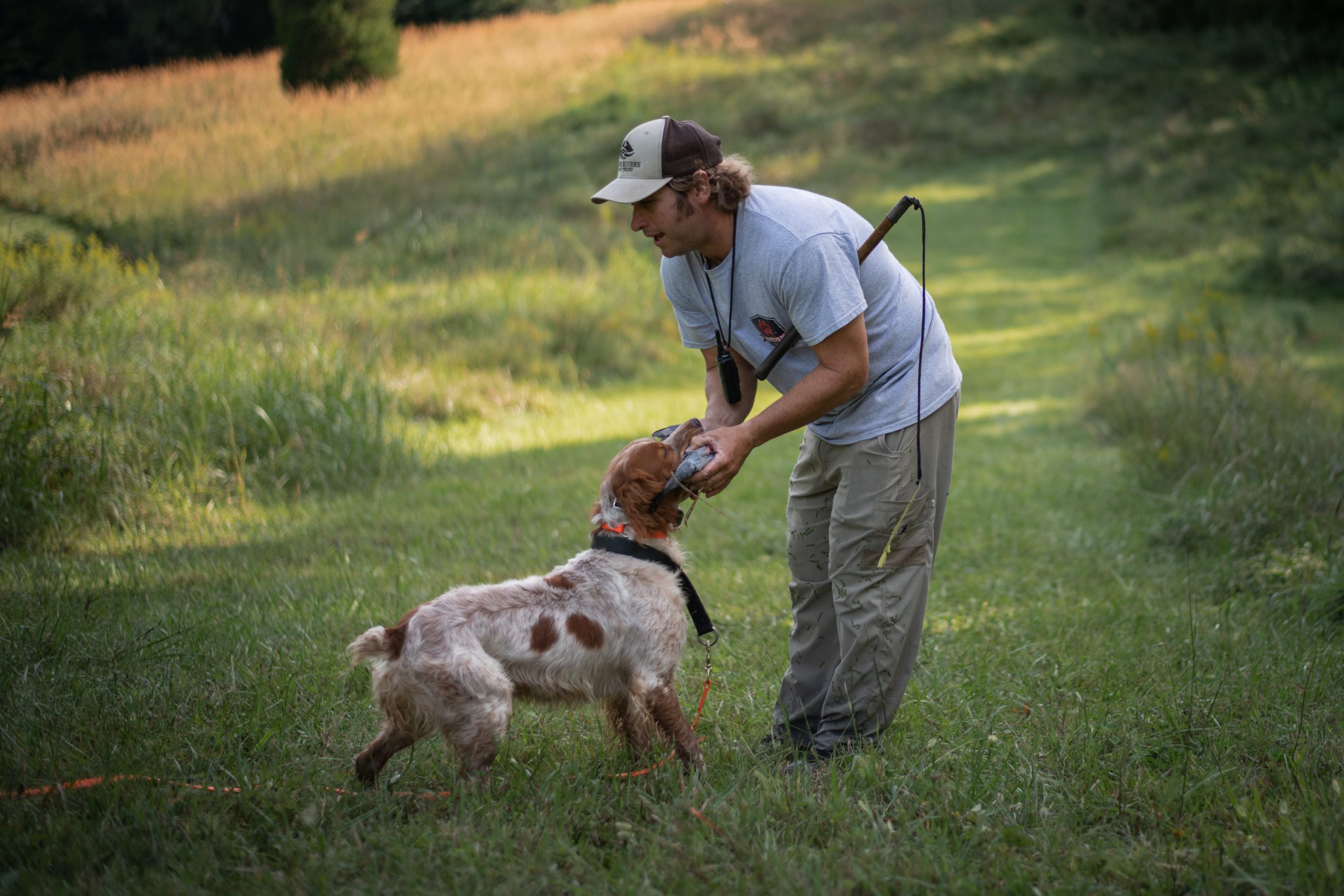A Study Guide #2

Value and Shaping
If all has gone well since the last blog, our dogs should be chasing us around soliciting us for attention and reinforcement. By now we should have a well established mark and a dog that is well engaged upon initiation of a training session. It’s time for us to start making behaviors happen, or more accurately, it’s time for the dog to start producing the mark (and reward) by performing or attempting to perform behaviors that we desire of him/her while avoiding behaviors that don’t produce a mark or cause the trainer to break engagement. So far, there have been no criteria for a mark other than one way engagement. We will now add our first proactive behavioral criteria. Within the last couple of years I’ve conditioned a target (hand touch, or touch pad) ahead of all other behaviors. I find it practical as it can be used as a foundation piece of many other behaviors in later training. If you choose to train sit or something first, no big deal, you can always go back and fade it a bit if needed, and build a target or whatever you choose. That’s the real beauty of marker training in a reward based system… you literally can’t screw it up beyond repair. It’s a great way to develop timing as a trainer and a rapport with your dog, and it’s an extremely powerful process for training a dog.
Value
Contrary to popular belief, reward based, marker training systems allow the trainer to punish inappropriate or undesirable behaviors from the dog. This is accomplished by withholding or removing the reward from the training equation in the moment. When the trainer and dog are actively engaged (especially in one way engagement with a solicitous dog) the trainer has the power to punish a behavior by breaking engagement and momentarily removing him/herself, and the food reward from the training session. A punishment marker “No” may be added prior to the breaking of engagement. This will begin to act in a similar way to the reward marker except “No” will signify the removal of the reward from the equation. This process is the practical application of negative punishment as explained in our earlier blog on operant conditioning ( https://losthighwaykennels.com/operant-conditioning-as-it-relates-to-dog-training/ ). By exercising the power of breaking engagement the trainer is often able establish value in him/herself and the reward by creating a sense of urgency and a desire to avoid this loss in the dog (speculation). The idea is to diminish the value of the surrounding environment while establishing the greatest possible value in the trainer, mark, and reward. In the beginning we limit the environment by using our training pen. We must take care not to add value to the surrounding environment by placing our training pen in a highly stimulating area. The frustration created by being restrained from the outside environment may have the opposite effect desired, one might argue that this phenomena is an extension of opposition reflex. Later we will generalize the desired behaviors in more challenging and stimulating environments through systematic devaluation of new environments and outside stimuli. While limited to reward based systems we must work to ensure that our dog cannot create a feed back loop with anything in the surrounding environment that is not us. If there is no stimulus and response, then there will not likely be any value. Dog trainers are really masters of environmental manipulation. If you choose to incorporate positive punishment and negative reinforcement in later training devaluation of the surrounding environment can be accomplished more efficiently and effectively.

Shaping
Shaping is simply the act of developing desirable behaviors over the course of multiple repetitions by reinforcing ever more challenging criteria that approximates the desired behavior. This is popularly known as successive approximation. Variations of this used by dog trainers are free shaping, and luring and shaping. When we free shape a behavior we wait for the behavior or a piece of the behavior to occur naturally and we mark it. The more control we exercise over the environment the more influence we can exact on the free shaping process, i.e. a novel item may attract the dog’s attention, and we may choose to mark and reward physical contact with the novel item. This may later be approximated into any number of behaviors (retrieve, place, etc). Luring and shaping is when the dog trainer chooses to directly manipulate the dog by luring them into various positions with the food reward, then marking and granting access to the reward once the position has been achieved. Over the course of time, the lure is abbreviated into a more subtle non-verbal cue, and eventually replaced completely by a verbal cue. (This bit on luring and shaping has been lifted nearly verbatim from Michael Ellis’ youtube lectures https://www.youtube.com/watch?v=xe0-oqqoXvw Its a great resource from a gifted trainer and communicator)
Happy training,
Grayson




